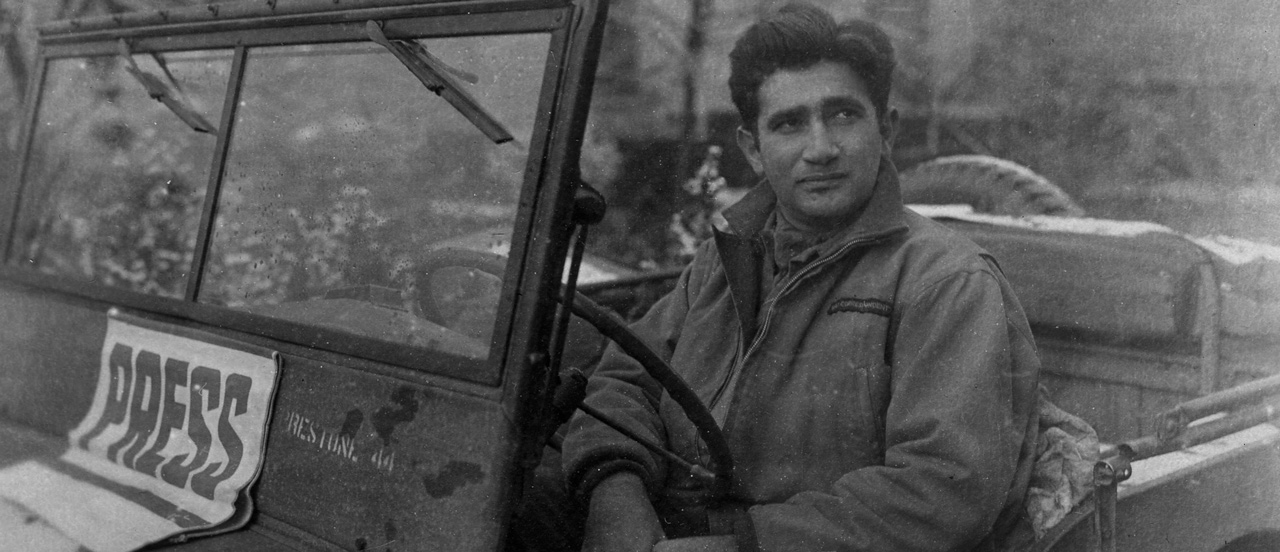

Earl stopped at 32 missions because he got the chance to do in the army what he had already set out to do at home when he joined up in the spring of ’42. He was a journalist in Greenville, South Carolina, when the war began, along with his friend George Chaplin. Both men headed in the same direction when the military gave them the chance to become staff writers for Stars and Stripes, the newspaperpublishedbythearmyin all theatres of action. George went to the Pacific; Earl was in Europe where he landed on D-Day plus 12 (12 days after D-Day) and accompanied Patton’s Third Army across France into Germany.
Stars and Stripes is unlike any newspaper I know. It was written for soldiers, mostly by soldiers with typewriters. We may know the splendid humor of Sgt. Bill Mauldin and the stirring journalism of the civilian Ernie Pyle; add Li’l Abner and Terry and the Pirates, abundant cheesecake, and a page or two of current sports. Earl traveled with Jimmy Cannon, himself already a seasoned sports writer whose style may have inspired his young friend. At the heavily contested town of Metz on the German/French border, Earl begins, “About the only obstacle the Germans didn’t throw into the path of the Metz attackers was an ocean, and flood waters from the Moselle almost produced that.” He could be describing what Notre Dame threw at Army on Saturday afternoon back home, but only moments later he’s talking to a soldier who wouldn’t bother to change his socks during 18 hours of slogging through the waters of that wild river. Earl was there.
Earl’s friends Bud Hutton and Andy Rooney wrote a lively account of military journalism right after the war; Rooney returned to the subject 50 years later in My War (1995), where anecdotes, softened only slightly by the passage of time, describe Earl thumbing his nose at Patton, who liked publicity just a wee bit more than he disliked the irreverence of soldiers and the insistence of officers (Lt. Mazo) and enlisted men (the other writers) that they be permitted to drink together. That was Earl, ever pugnacious, ever lively.
After VE–Day Earl stayed in Germany and went as far as Warsaw where he saw the rubble that replaced the neighborhood where he was born. En route he met the old man whom he describes in a letter to his mother. Earl was a tough guy in his time, not inclined to sentiment until he returned to the ruins of Eastern Europe. Later, major newspapers—the Herald Tribune and then the New York Times—would send him around the world and make the politics of Washington his home base, but nothing, I think, would match his first return to Europe in 1943.
Among American Jews, reverse migration—the return to Europe—had very little appeal until the war brought many back as soldiers. On the home front war also turned the attention of Jews to the Old Country, its geography (on battle maps), and its culture. Earl’s older sister, Frances, and her husband, Julius Butwin, spent the same months that Earl gave to wartime journalism engaged in an imaginative return to Europe and what might be read as a tribute to its wandering remnant. They translated the Yiddish stories of Sholom Aleichem in 1945 and published them as a book, simply titled The Old Country, in 1946.